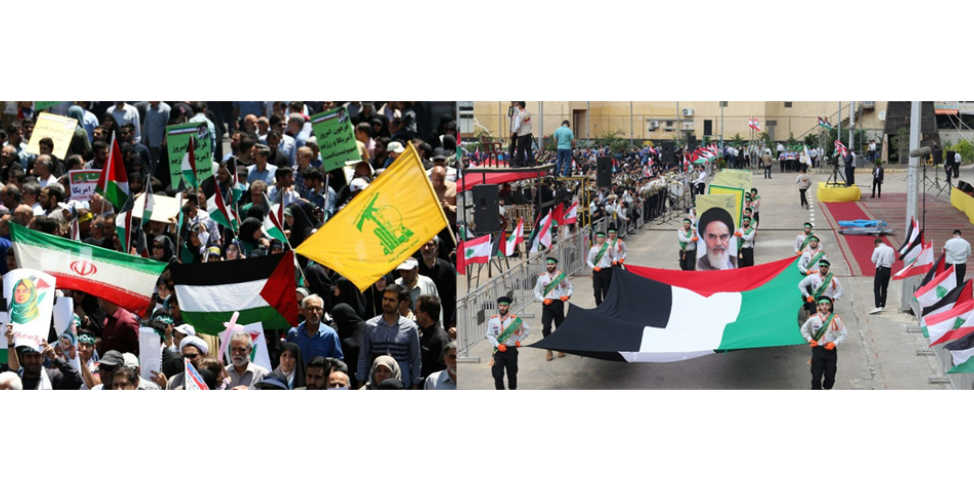The weekly review is in the context of Iran’s Al-Quds Day, which was marked on the last Friday of Ramadan (April 5). This year holds special significance for Iran and the Shiite axis due to the ongoing war. The Jerusalem Day celebration reaffirms Imam Khomeini’s justification and vision for the liberation of Palestine, which began over four decades ago. Resistance is the only way to achieve liberation and eliminate Israel’s existence. This day was commemorated with greater fervor in Iran, Iraq, Yemen, Syria, and, of course, Lebanon, with processions and solidarity assemblies attended by high-ranking officials.
In Lebanon, the most prominent event was Hezbollah’s main ceremony in the Sayyid al-Shuhada compound in Beirut’s southern suburbs, which included a speech by Nasrallah.



Key insights:
See semi-annual summary of the fighting in the northern arena.
War Data:

In Israel, the government evacuated 43 communities located up to five kilometers from the Lebanese border. A total of about 61,000 citizens. To them were added several thousand more who decided to evacuate independently.
It should be noted that not all Israeli communities have been totally evacuated, and there is still a civilian presence. This is because these communities rely on tourism and agriculture. Farmers come to work on the land, in the orchards, tending to cow and goat herds. Furthermore, some of the communities’ industrial plants are still operational and employ workers from non-evacuated areas. In addition, some of the evacuees returned independently.
The Israeli government has extended the evacuation period until the summer of 2024 (July/August 2024).
Hezbollah has killed 6 Israeli civilians and 1 agricultural worker with foreign citizenship so far. A total of 7 civilians were killed.
During the past week, a total of 61 attacks were carried out on the northern border, of which Hezbollah claimed responsibility for 44 of the attacks, using high trajectory fire (including Grad and Burkan rockets), anti-tank, anti-aircraft (surface-to-air missile) and UAV fire.
Of all the attacks on the northern border, the Islamic resistance in Iraq claimed responsibility for 6 attacks on military bases and infrastructures using UAVs.
In 11 other attacks there was no claim of responsibility, including 6 UAV infiltration to Israel territory, 4 attacks of high-trajectory fire and one attack involving the firing of several rockets from Syria.
The average number of responsibilities claimed this week was about 6 per day, less than last week (10). Half (21, about 50%) of Hezbollah attacks were civilian or potentially civilian targets. Potential civilian targets are incidents in which high-trajectory fire is fired at areas designated by Hezbollah as military targets. However, in practice, these are high-trajectory firing areas that have a high potential for damage to civilian communities.
Prominent launching and shooting incidents against Israel:
(April 2) Grad rocket salvo at Gesher HaZiv (sirens also in Nahariya, hits in open areas).
(April 3) An anti-tank missile fired at a building in Metula.
(April 4) According to Hezbollah, a high-trajectory rocket was fired at a base in Western Galilee, striking a house in Shlomi.
(April 5) Anti-tank missile fired toward at a house in Adamit.
(April 6) Rocket fire from Burkan toward Shlomi.
(April 7) A salvo of rockets (about 30) toward the Golan Heights.
Hezbollah casualties:
Over the past week, statements were released reporting 273 Hezbollah military operatives killed, including one Islamic Jihad operative, whose circumstances are unknown, and four Amal military operatives, three of whom were killed in an attack on the headquarters where they were staying in Marj Ayoun.
As of October 8, 2023, a total of 273 Hezbollah operatives have been killed. Most of the operatives killed live south of the Litani River (177 operatives killed, constituting 65 percent of all the operatives killed). Many Hezbollah operatives and their families live in southern Lebanon near the border with Israel. They operate in southern Lebanon as part of Hezbollah’s geographic units (Nasser/Aziz) and Hezbollah’s designated units (Radwan unit), while assimilating into the civilian population (human shield tactics).

Prominent airstrikes in Lebanon:
(April 7) After Hezbollah shot down an IDF UAV with an anti-aircraft missile (April 6), targets belonging to Hezbollah’s air defense system were attacked in the Janata area (south of Baalbek) in the Bekaa Valley. Hezbollah initially claimed it was a Hermes 450 UAV. It later changed its version and claimed that it was a Hermes 900 UAV. In our assessment, Hezbollah fired an Iranian “358” missile against the UAV. The response equation is maintained: striking an Israeli UAV will lead to an attack on Hezbollah’s air defense system in Lebanon.
In the early morning hours of April 8, a target was attacked in the center of the Lebanese village of Al Sultaniyah. The attack killed Ali Ahmad Hussein, also known as Abbas Jaafar, about 40 years old, from Beirut. Hussein served as commander of the Hajir sector in the Radwan unit (equivalent to brigade commander). The attack took place in the geographical area adjacent to Israel between the village of Odaisseh and the village of Blida, which has served as a central area of activity for the past six months. Hussein was already a military operative in 2006 (the Second Lebanon War). As part of his activity, he was stationed for a long time in various areas in Syria: Aleppo, Al-Qalamoun, Qusayr and Albukamal. This is the seventh commander from the senior command post of the Radwan unit to be eliminated (it should be noted that he is the first to have his photo published publicly with the unit’s insignia on his uniform). Two other Radwan operatives were killed in the attack.
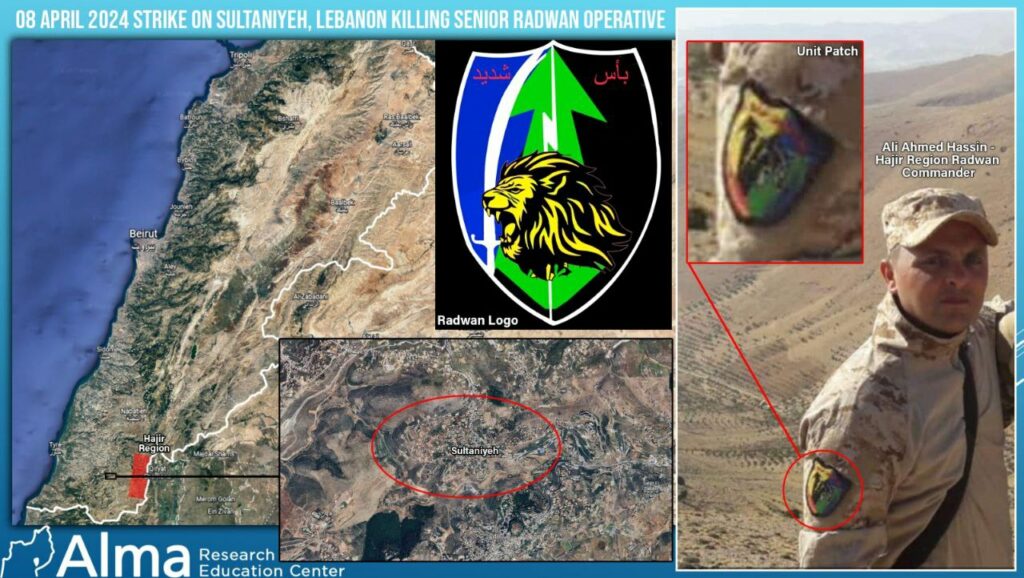


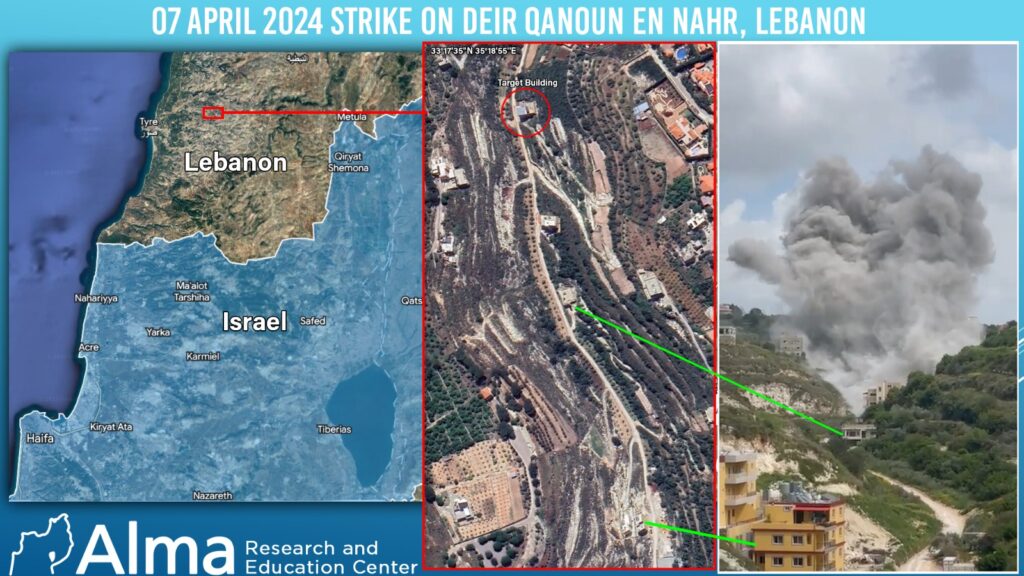
Hezbollah – General:
(April 5) Nasrallah’s speech on the occasion of “Iranian Quds Day”:
Nasrallah stressed that the resistance axis is headed for a historic and great victory in the campaign (surprised by the narrative??) and stressed the need to stand up and prove in Gaza, the West Bank, Lebanon, Yemen and Iraq, that the Iranian response to the Zionist aggression on the Iranian consulate in Damascus is inevitably coming, and that this issue has been detailed since October 7.
He also noted that the Islamic Republic of Iran, in its stance and positions, was and still is true support for all those who fight this occupation and resist in Palestine, Lebanon and the region, and that it is a strong fortress that does not disappoint or abandon its faith, religion and oppressed friends.
He praised the commander of the Quds Force in Syria and Lebanon, Mohammad Reza Zahedi, who was eliminated in Damascus (April 1). He noted his great contribution to Hezbollah.
Iran’s response to the assassination in Damascus is certain. The assassination operation is a turning point: what happened before the attack will not be after.
It seems that the war is nearing an end considering international pressure on the one hand and political discourse and public opinion in Israel on the other.
He emphasizes once again the achievement of the “resistance” by causing the Israelis to abandon the north. Nasrallah says that “this is very important because Israeli settlement in the north is a Zionist-security project.”
On March 31, Nawaf al-Moussawi, Hezbollah’s head of resources and borders, spoke in an interview on Hezbollah’s Al-Mayadeen TV about Hezbollah’s war against Israel. Regarding Hezbollah’s fighting capabilities, Al-Moussawi said: “What Hezbollah stored in six months is now stored within a month.” He also said that “Hezbollah is opening new warehouses and has new, more accurate and high-quality missiles on land, sea and air.”
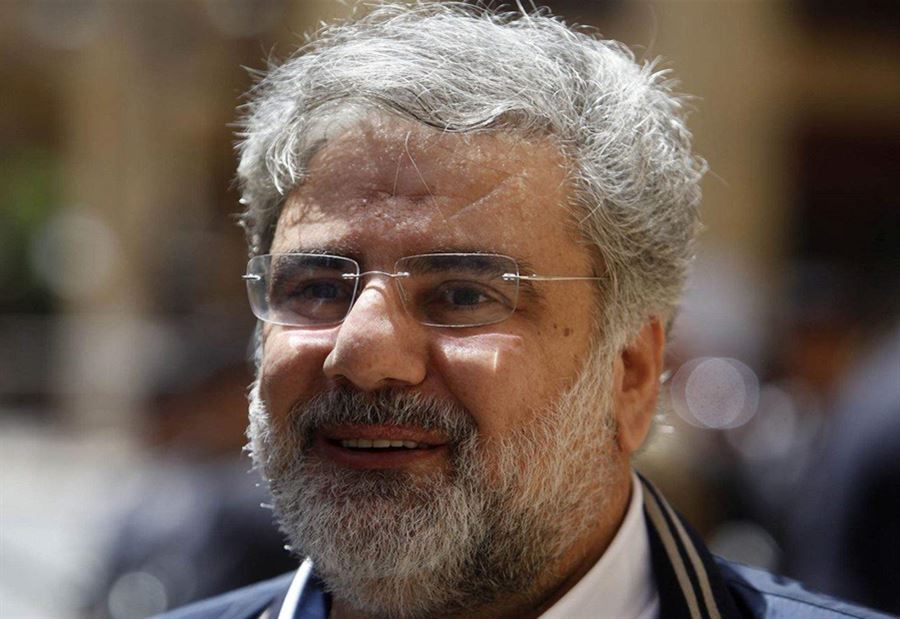
Lebanon – General:
(April 2) Lebanese Welfare Minister Hector Hajar noted that “there has been an increase in the percentage of the destitute in Lebanon since 2019, until today,” noting in a statement to Asharq Al-Awsat newspaper that “the multidimensional poverty rate among Lebanese has reached 82 percent, while 32 percent live in extreme poverty.” Hajar noted that “the war in southern Lebanon harmed many families who could not collect the agricultural crops that provided them with funding for an entire year…”
(April 2) Vandalizing a UNIFIL vehicle in the village of Baraachit – During a routine patrol by the French battalion of UNIFIL in southern Lebanon, residents of the town of Baraachit vandalized the tires of the vehicle and pasted Hezbollah flags on it. The vehicle was stuck in the town until a Lebanese army force arrived on scene, withdrawing the vehicle and UNIFIL personnel from the town.
(April 5) An IED planted near the Christian town of Ramish, reportedly by Hezbollah, was discovered. According to our evaluation, the IED was found by local inhabitants. Engineers from the Lebanese Army disarmed it. It’s unknown when the IED was planted, but it appears to be part of Hezbollah’s preparations for a potential escalation in which IDF forces enter Lebanese territory.
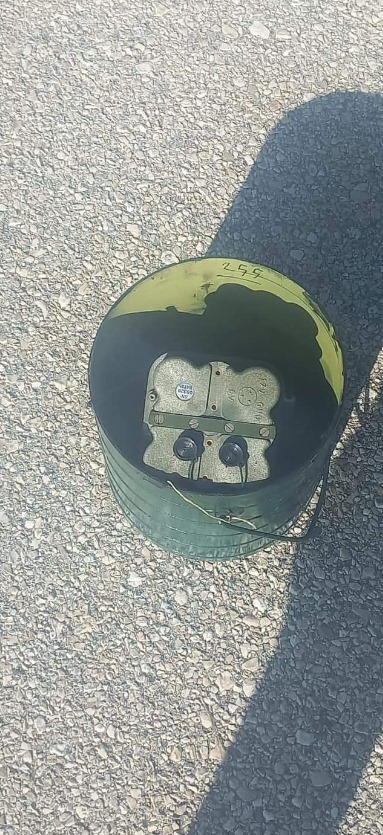
(April 3) According to an announcement by the IDF Spokesperson, the explosion that took place on March 30 near the village of Ramish, in which several UN personnel were injured, was caused after their vehicle was hit by an IED previously planted there. As stated above, Hezbollah continues to plant IEDs in the region.
The Syrian arena:
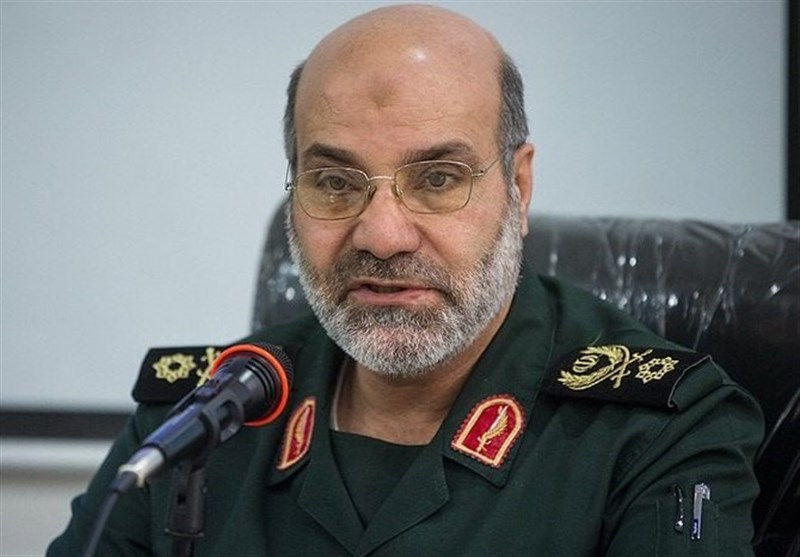
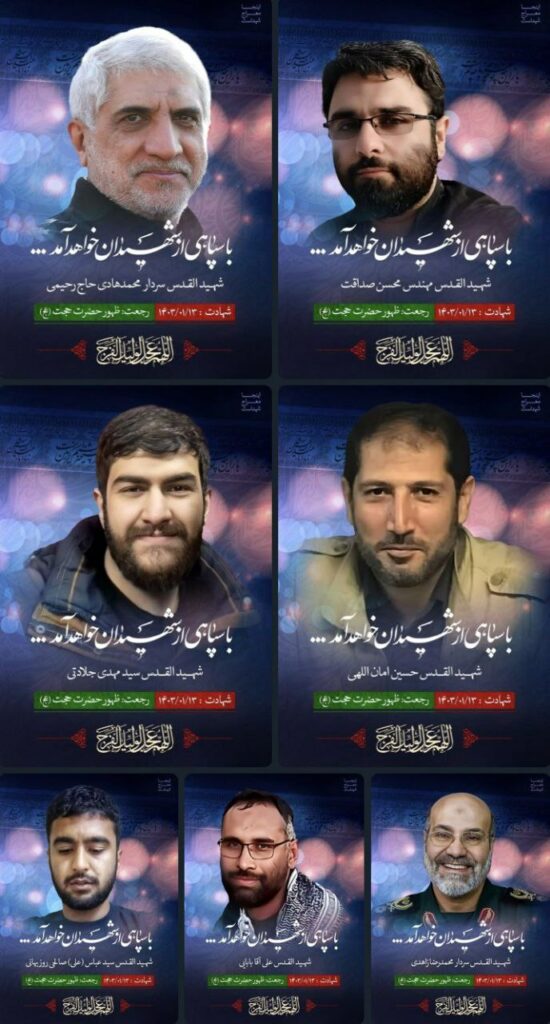
Syria – General:
(April 3) Assassination of engineer Basel Abdel Qader, head of the military installations of the Syrian security forces in the Hama Province. An IED was planted under the seat of his jeep.
(April 7) At least 18 people were reportedly killed, including many children, and houses burned in clashes between two armed groups in the town of Sanmin, north of Daraa, in southern Syria.
(April 7) The Iranian foreign minister landed in Damascus for the first visit by a senior Iranian figure since the attack on the compound adjacent the Iranian embassy in Damascus last week.
Shiite Axis – General:
Since October 2023, there have been more than 160 shooting incidents at U.S. bases in Iraq and Syria, mostly in eastern Syria.
The most recent attack on US bases in Iraq and Syria, officially reported by US Central Command, took place on February 20. According to various reports, the attacks on the American bases stopped due to direct Iranian instructions to the Shiite militias, against the background of secret agreements between Iran and the United States. It should be noted that at this stage it is unclear whether a decision has been made by the Shiite axis to renew the attacks.
According to local reports in Syria (April 7), two rocket attacks were carried out against the CONOCO base in eastern Syria. There are currently no further indications to corroborate these reports.
During the past week, the Shiite resistance in Iraq claimed responsibility for 11 incidents of launching UAVs at Israel:
(April 1) Claiming responsibility for attacking a significant target in Eilat. The IDF Spokesperson confirmed that IDF forces identified a suspicious aerial target crossing from the east towards Israeli territory, the target fell in the port of Eilat, there were no casualties, and the building sustained minor damage.
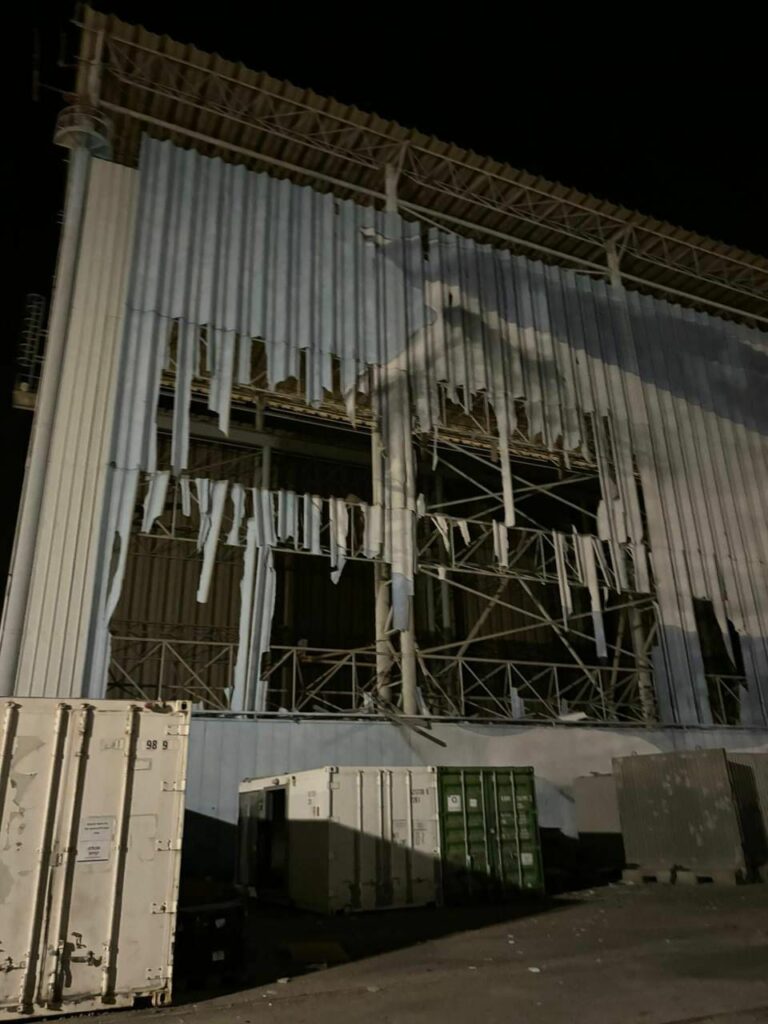
(April 2) Claiming responsibility for attacking the Tel Nof base with UAVs. There are no further indications.
(April 2) A UAV landed in Jordanian territory near Ramon Airport:

(April 3) Claimed responsibility for attacking a “vital target” in Israeli territory with “appropriate weapons.” This may refer to the above UAV that exploded in Jordanian territory, near Ramon Airport on April 2.
(April 3) Claiming responsibility for the UAV attack on Haifa airport. There are no further indications.
(April 3) Claiming responsibility for attacking a military base in the Golan Heights with UAVs. There are no further indications.
(April 4) Claiming responsibility for attacking Ramat David base with a UAV. No further indications.
(April 4) Claiming responsibility for attacking a “vital target” in Ashdod with a UAV. There are no further indications.
April 6 claimed responsibility for attacking Haifa refineries with UAVs. There are no further indications.
(April 7) Claiming responsibility for launching a UAV at Eilat. There are no further indications.
(April 7) Claiming responsibility for launching a UAV at the Jordan base in the Golan Heights. There are no further indications.
(April 7) Claiming responsibility for attacking the Jonathan base. There are no further indications.
(April 1) Against the background of the widespread protests in Jordan against Israel during the month of Ramadan, Abu Ali al-Askari, spokesman for the Shi’ite militia Hezbollah Brigades in Iraq, issued a statement stating that the militia had prepared equipment and weapons to arm 12,000 members of the Islamic resistance in Jordan so that they could defend the Palestinians from the “sons of apes and pigs”… He added that action had to be taken to block the land road leading from Jordan to Israel.
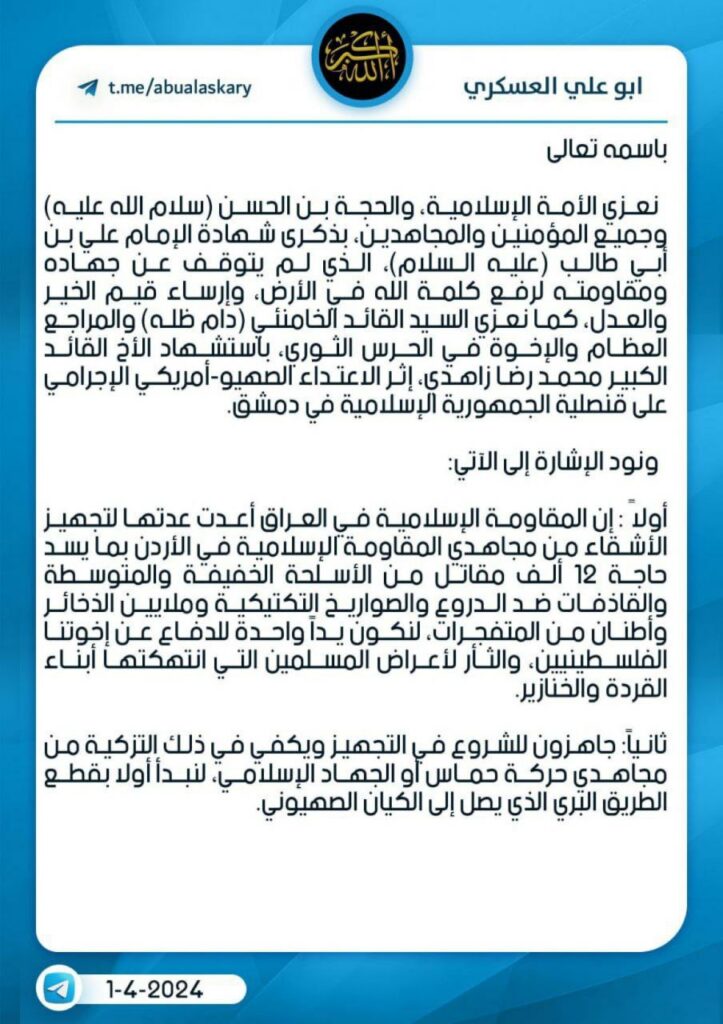
(April 3) The Coalition Council of Islamic Revolution Forces (also known by its Persian acronym SHANA) hailed Zahedi’s “strategic role in forming and strengthening the resistance front as well as in planning and executing the Al-Aqsa Storm.” This statement serves the axis’s narrative of the “unity of the arenas” idea.
Yemen – Houthi-land:
During the past week, coalition forces managed to hit 3 UAVs, 3 ballistic missiles, an anti-aircraft missile and launcher, and one explosive boat launched or intended for launch by the Houthis.
(April 1) An Iranian-made cruise missile launched by the Houthis from Yemen at a ship in the Red Sea crashed in Sudanese territory.
(April 7) The Houthis claim to have fired at two Israeli-linked ships in the Indian Ocean and Arabian Sea. The ships, according to the vessel tracking applications, have no apparent connection to Israel. As of 07 April, one is anchored in Mauritius and the other is sailing south to India. In any case, there are no reports of casualties or damage from any other source.
Since October 2023, there have been 99 Houthi shooting incidents.

